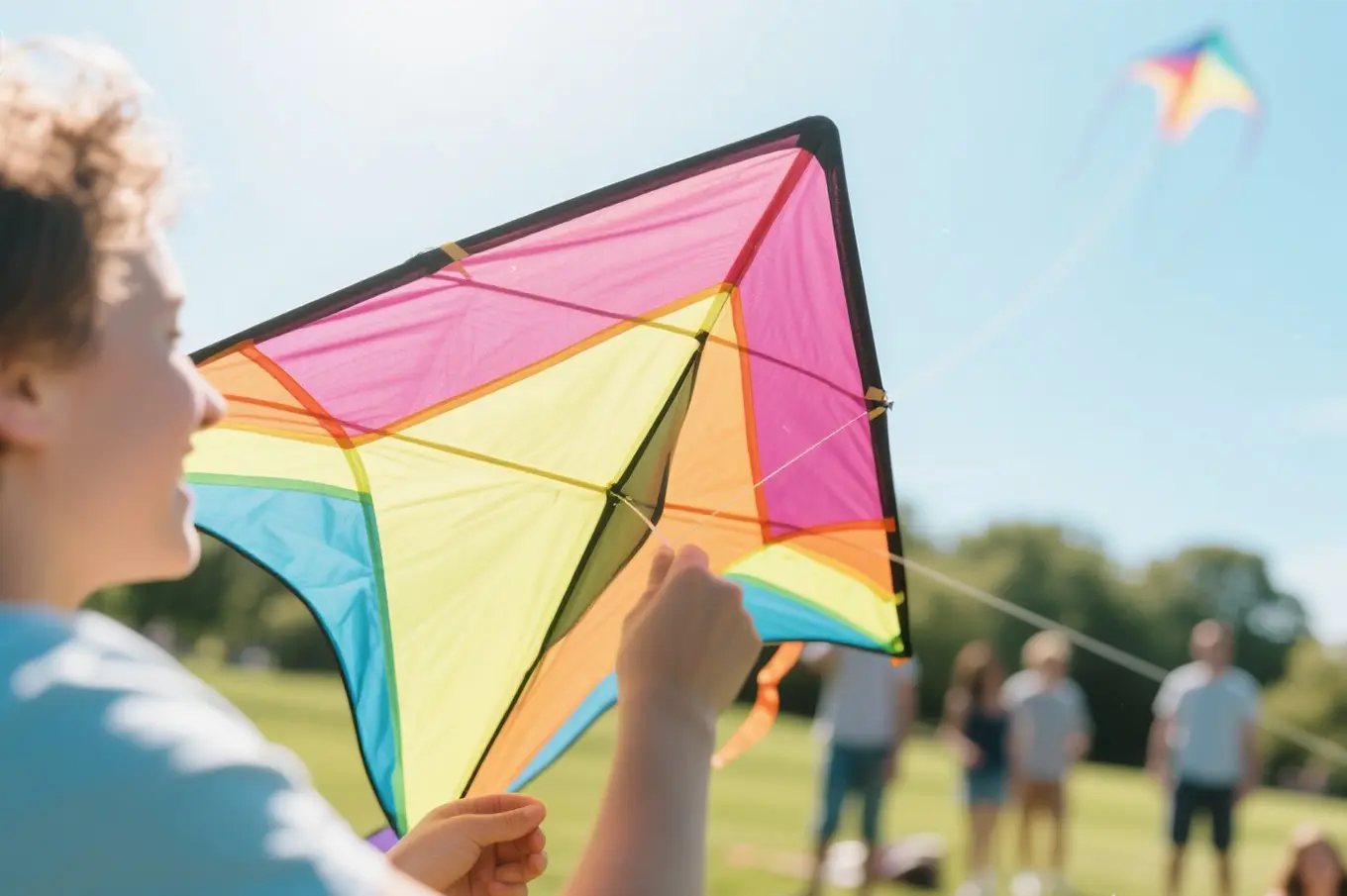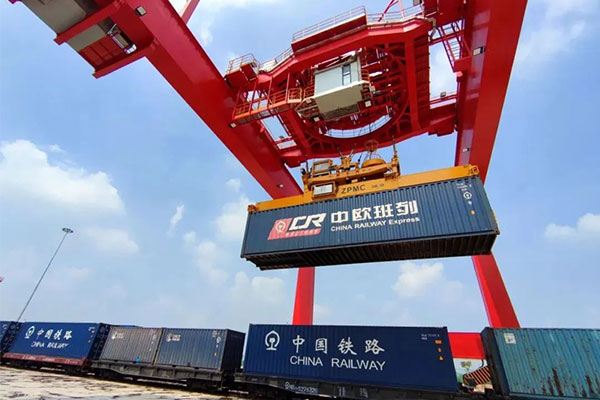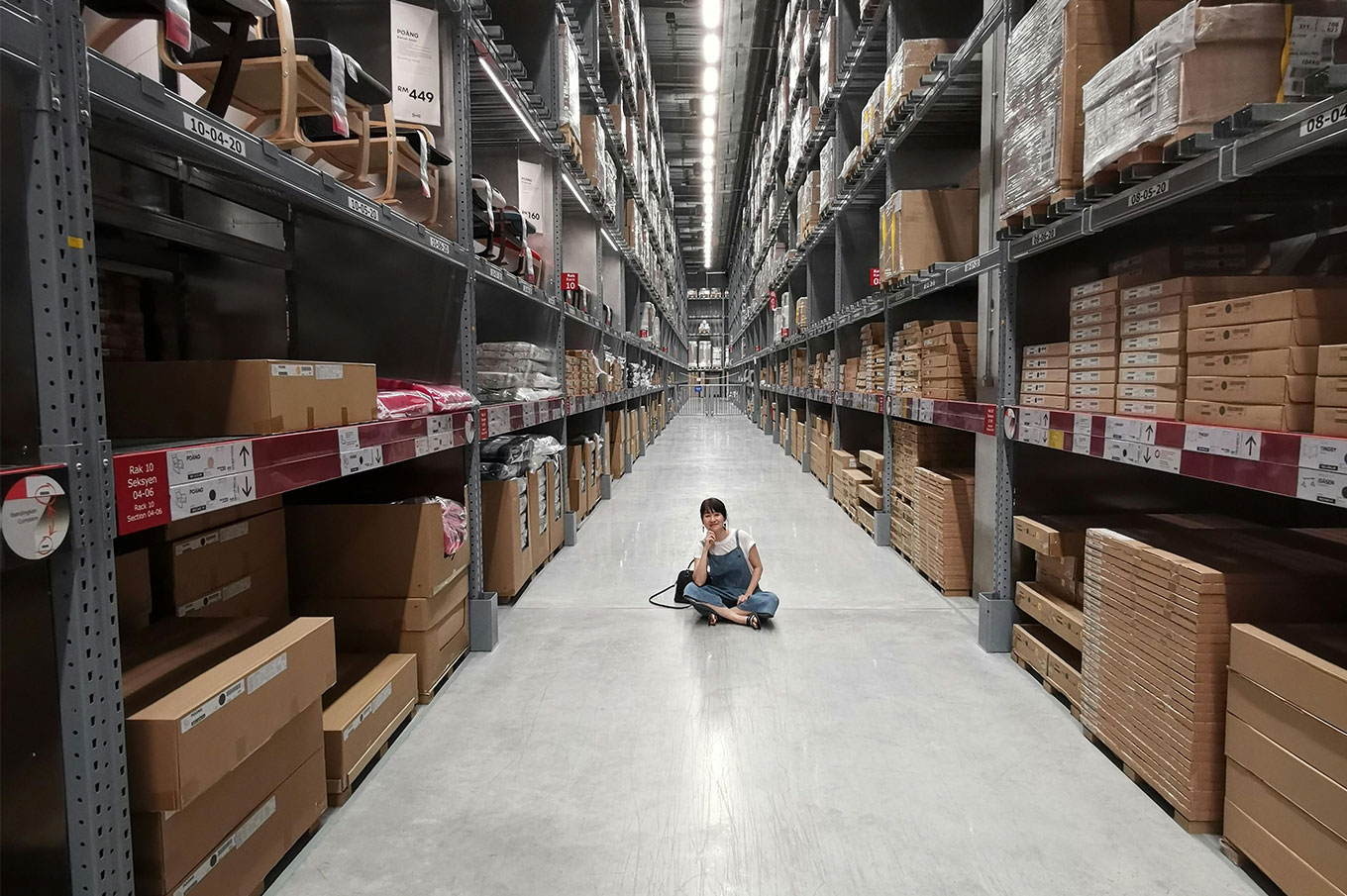- Shanghai Zhongshen International Trade Co., Ltd. - Two decades of trade agency expertise.
- Service Hotline: 139 1787 2118

With the continuous development of China-Russia trade, lightingCompulsory certificationhas become a business direction for many companies. However, to successfully export lighting products to Russia, a series of requirements must be met.
I. Certification Requirements
EAC certification
- EAC certification is one of the essential certifications for exporting lighting fixtures to Russia. It covers various requirements, including safety and electromagnetic compatibility. For lighting products, safety aspects involve testing for electrical insulation, fire resistance, and more. For instance, the housing materials of lighting fixtures must meet certain fire resistance ratings to prevent fire hazards during use. In terms of electromagnetic compatibility, lighting fixtures must not generate excessive electromagnetic interference and should also be capable of resisting external electromagnetic interference to ensure normal operation.
– The specific standards for different types of lighting fixtures in EAC certification may vary. For example, ordinary household LED lamps and large industrial lighting fixtures may have adjusted requirements for electrical safety parameters and electromagnetic compatibility indicators based on their usage environment and functionality.
2. GOST-R Certification
– GOST-R certification is also an important product certification system in Russia. For lighting fixtures, it imposes strict regulations on product quality and technical specifications. In terms of quality, metrics such as luminous efficacy and service life of the fixtures are inspected. For example, an LED lamp with a rated service life of 5,000 hours must meet or come close to this standard during testing. Regarding technical specifications, parameters like color temperature and color rendering index must comply with relevant Russian standards. If the color temperature of a fixture deviates significantly from its nominal value, it may fail to obtain certification.
II. Product Quality Requirements
Safety
– The electrical safety of lighting fixtures is of utmost importance. The wires used in lighting fixtures must employ insulation materials that comply with Russian standards and possess sufficient current-carrying capacity. For instance, for high-power lighting fixtures, the wire gauge must be thick enough to prevent overheating and potential safety hazards.
– The grounding measures for lighting fixtures must also be well-implemented. If the fixture has a metal casing, proper grounding can direct electrical current into the ground in the event of a fault, ensuring user safety. Additionally, the internal circuit design of the fixture should minimize the risk of short circuits, maintaining adequate spacing between electronic components to prevent electrical failures caused by component damage.
Lighting Performance
- The lighting effects of the fixtures must meet the requirements of the Russian market. This includes sufficient brightness, uniform light distribution, etc. For example, fixtures used in commercial spaces need to provide large-area, uniform illumination to ensure customers can clearly see the merchandise. For outdoor lighting fixtures such as streetlights, their brightness must meet road safety lighting requirements while also considering performance under adverse weather conditions, such as penetration during foggy days.
– The color temperature of lighting fixtures is also a crucial factor. Different application scenarios have varying requirements for color temperature. For instance, in home bedroom settings, warm color temperature lighting is generally preferred to create a cozy atmosphere, while in workplaces such as offices, cooler color temperature lighting may be more suitable to enhance work efficiency.
III. Packaging and Labeling Requirements
Packaging
– The packaging of lighting fixtures needs to protect the products from damage during transportation. Russia has a vast territory, with long transportation distances and potentially complex road conditions and climate. Therefore, the packaging materials should have sufficient strength and cushioning properties. For example, multi-layer corrugated cardboard boxes can be used, with added cushioning materials such as foam inside to ensure that fragile components like lampshades and bulbs are not crushed or shattered.
- The packaging must also have moisture-proof properties, especially for lamps with a high number of electronic components, to prevent damage caused by moisture during transportation.
Labeling
– The markings on the luminaire must be clear and accurate. The marking content should include the basic parameters of the luminaire, such as rated power, rated voltage, and luminaire type. For example, an LED spotlight with a rated power of 100 watts and a rated voltage of 220 volts should accurately display this information on its markings. Additionally, the manufacturer's information, including the company name and address, must be indicated to facilitate traceability in case of product issues. Furthermore, the markings must be in Russian or bilingual (Russian and English) to ensure easy identification and use by Russian consumers.
To export lighting products to Russia, companies must meet strict requirements in certification, product quality, packaging, and labeling. Only by fully understanding and complying with these requirements can companies succeed in the Russian lighting market.
Related Recommendations
? 2025. All Rights Reserved. Shanghai ICP No. 2023007705-2  PSB Record: Shanghai No.31011502009912
PSB Record: Shanghai No.31011502009912










